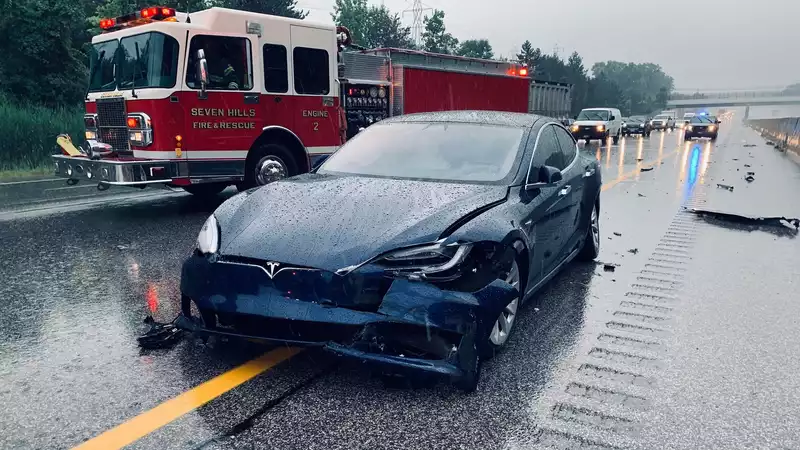When Elon Musk launched Tesla, his central goal was to move the world away from fossil fuel-burning internal combustion engines. While Musk has done a great deal of work in making electric cars cool and attractive, Tesla apparently did not consider the benefits of EV preservation.
Last year, Tesla began barring salvage vehicles (vehicles that have been in accidents but have been repaired and brought back to life by eager owners) from the Supercharger network. Tesla extended this ban to third-party chargers as well; according to Electrek, Tesla has reversed course and is allowing salvage vehicles to be recharged. [According to a report in The Wall Street Journal, EVs are not as environmentally sustainable as some believe because nickel and cobalt manufacturing and mining are carbon-intensive processes. Some also argue that it is better to buy a used car than a more sustainable one because of the carbon required to manufacture it.
Given that, the best thing people can do for environmentally friendly transportation is also to ensure that EVs stay on the road as long as possible. This is one of the major advantages that electric motors have over internal combustion engines.
Although still debatable, electric motors are expected to last 15 to 20 years before they need to be replaced. Also, batteries degrade over time, but battery recycling is gaining a stronger foothold, and cell remanufacturing is becoming a greater alternative to mining.
Tesla's decision to lock out salvage vehicles from the Supercharger network has annoyed some diehard Tesla fans. By preventing repair shops from salvaging vehicles and putting them back on the road, Tesla has effectively told people to buy new EVs. This was contrary to Tesla's mission of environmental sustainability.
Tesla countered at the time that it could not take its independently repaired vehicles off the road for safety reasons: "Tesla reserves the right to deactivate the supercharging function of any vehicle it deems unsafe. Tesla reserves the right to deactivate the supercharging function for any vehicle it deems unsafe." If a vehicle is found to have been modified to allow supercharging and/or fast charging through a third party, Tesla may take legal action and seek compensation.
According to Electrek, people have asked Tesla to implement some sort of inspection system whereby repaired vehicles would be approved for use.
A prominent Tesla hacker named green discovered that Tesla had resumed supercharging the Model 3 and posted the news on Twitter.
At this time, the supercharging feature does not appear to extend to other Tesla vehicles. However, given the recent change of heart, it is possible that Tesla will start doing more to get more EVs on the road.










Comments